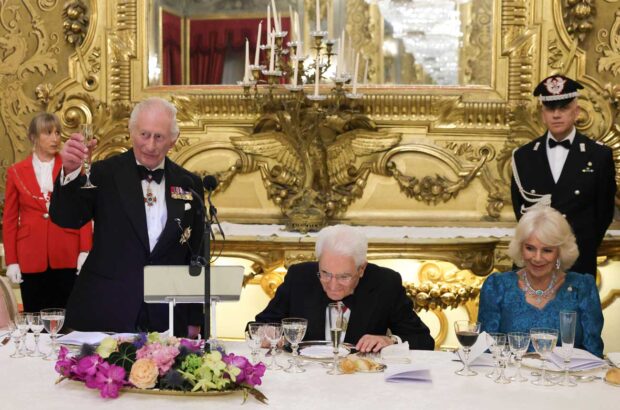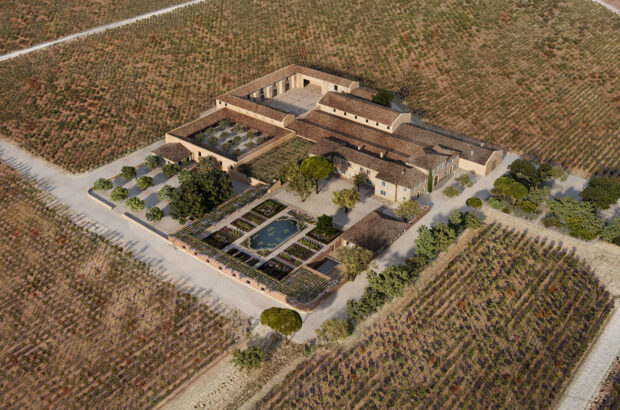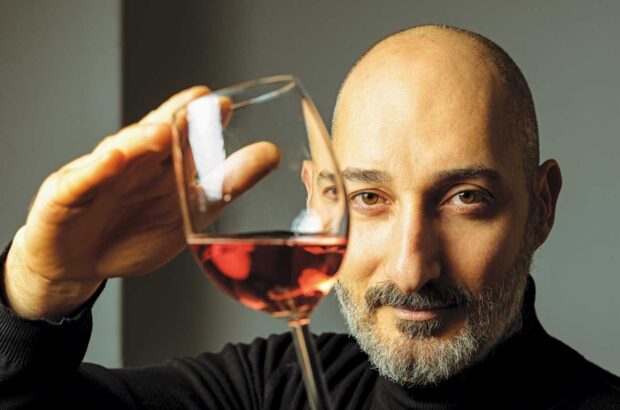Bordeaux resident Jane Anson picks out the best places to go in the city, by the river and in the vineyards.
Bordeaux travel: Where to visit
We made it to the Garonne quayside just as a small boat was drawing up at one of the new floating piers, put in place to encourage the further reclamation of the city’s waterfront, for centuries past the starting point of its route to the world.
Quick links:
‘Is that a river taxi?’ asked friends visiting from London for the weekend. ‘Can’t be,’ I replied. ‘It’s February, there’s no way those things run year round.’
Luckily they ignored me, ran to find out, and five minutes later we were crossing the river on a €1.40 ticket – one that can be used for all buses and trams around Bordeaux – over to Place Stalingrad in the Bordeaux Bastide district, opposite the more celebrated quays of Chartrons and Place de la Bourse.
When we disembarked, we walked in late winter sunshine along the newly renovated Bastide waterfront and ended up at the Darwin Centre, a recent addition to the city’s list of attractions, reclaimed from some abandoned warehouses to become a popular work-eat-and-play space.
Bordeaux is having a big year in 2015. Besides the new Darwin Centre, there is a Herzog & de Meuron-designed sports stadium opening in May, just after the inaugural night-time marathon through the UNESCO World Heritage city centre, and continued redevelopment of the areas around both the railway station and the old docks.
All of this helps explain why the city has been named European Best Destination for 2015. Not ‘wine destination’, but ‘destination’ full-stop. The accolade should see the five million visitors that Bordeaux receives each year rise even further, leading up to an expected boom in 2017 when a high-speed rail link makes the city a two-hour train ride from Paris. There are even murmurs of a Eurostar service direct from London to Bordeaux once the fast train is up and running.
There are plenty of projects going on out in the vineyards also, with architect-designed cellars, music festivals and a greater emphasis on harnessing the relationship between local food producers and wine.







